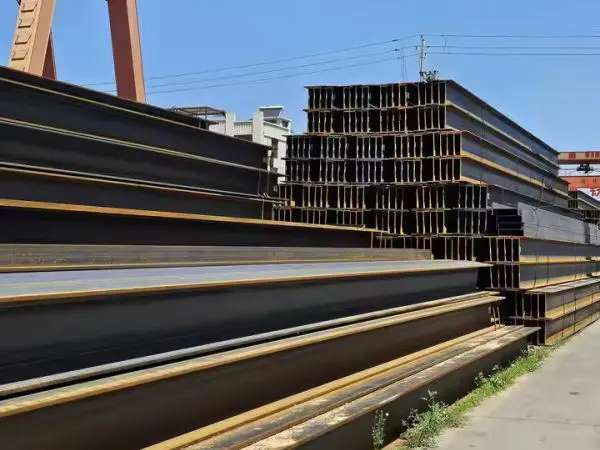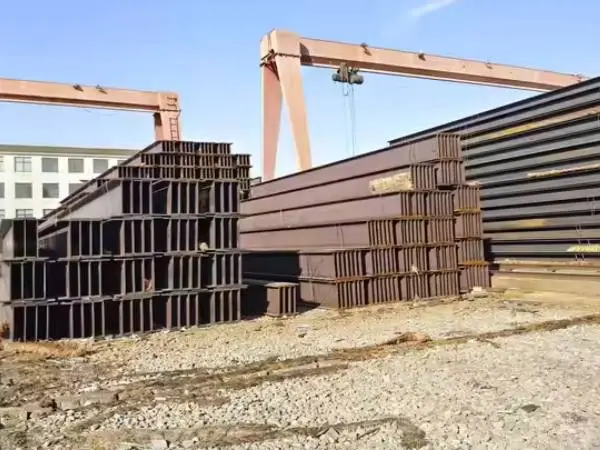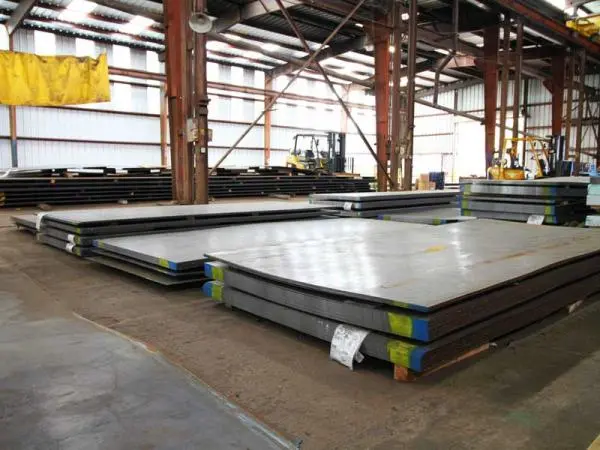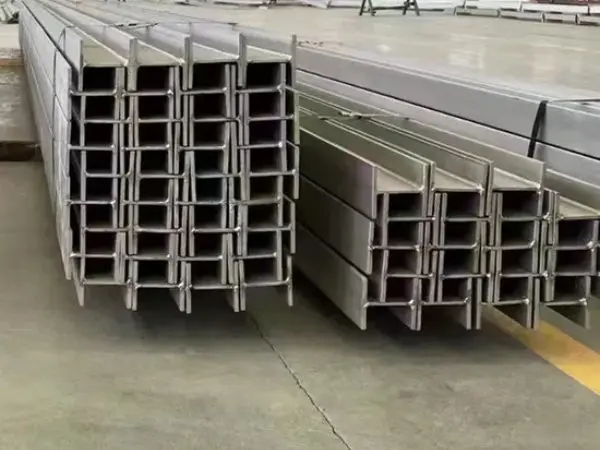- Phone0086 731 8564 8255
- E-mailsales@cscsteel-manufacturing.com
-

The concrete weight coating process for pipes is intricate and requires precision at each stage to ensure durability and reliability in various pipeline applications. Here is a detailed breakdown of key steps and considerations during concrete weight coating pipe manufacturing processes.
Material Proportioning and Mixing:
The process begins with calculating precise quantities of cement, iron ore, sand, and granite aggregate. These materials are mixed to achieve the target density, which is critical to provide the necessary weight and ensure that the pipe can remain stable under subsea conditions. The density of the concrete mix must be consistent to guarantee effective coating and optimal performance in underwater environments.
Positioning of Steel Wire Mesh:
During the concrete buildup, controlling the placement of the steel wire mesh is essential. This mesh reinforcement should be embedded at a specific depth within the concrete layer to enhance strength and provide impact resistance. Proper positioning ensures that the mesh maintains structural integrity and supports the coating through various loading and environmental pressures.
Pipe Weight Verification:
Each coated pipe joint is weighed to confirm compliance with project specifications. Meeting weight requirements is crucial, particularly for pipes used in subsea applications, where additional weight from the concrete coating helps counteract buoyancy forces.
End Preparation and Cleaning:
After coating, pipe ends are meticulously cleaned, and any excess steel wire is trimmed. This step is essential for a smooth connection during installation, as well as to prevent potential damage to isolation coatings or interference during welding.
Curing Process:
The coated pipes undergo a curing period of around 30 days to allow the concrete to harden fully. Proper curing enhances the durability and resistance of the coating, ensuring it performs effectively over the pipe’s operational lifespan.
Application Methods and On-Site Flexibility:
Concrete coating can be applied either by machine (centrifugal or pneumatic application) or by form (molded on-site), depending on project requirements. These methods allow for flexibility in thickness, ensuring that the coating meets specific environmental and operational needs. Form-applied coatings are particularly useful for varying thickness requirements and on-site adjustments.
Protection and Mechanical Safety:
The primary purpose of the external concrete coating is to protect the pipe’s isolation layer from physical damage, especially during handling, construction, and subsequent maintenance. The concrete layer provides a robust shield against impacts and abrasions, which helps safeguard the isolation coating and extends the pipe’s operational life.
Regulatory Compliance and Safety:
The concrete coating method adheres to advanced regulatory standards, offering a highly effective means of pipeline protection. By following these protocols, manufacturers ensure that pipes are well-prepared for installation and operation in challenging conditions, meeting both safety and performance criteria.
Through these detailed steps, concrete weight coating enhances the structural integrity, protection, and longevity of pipelines in demanding applications.




